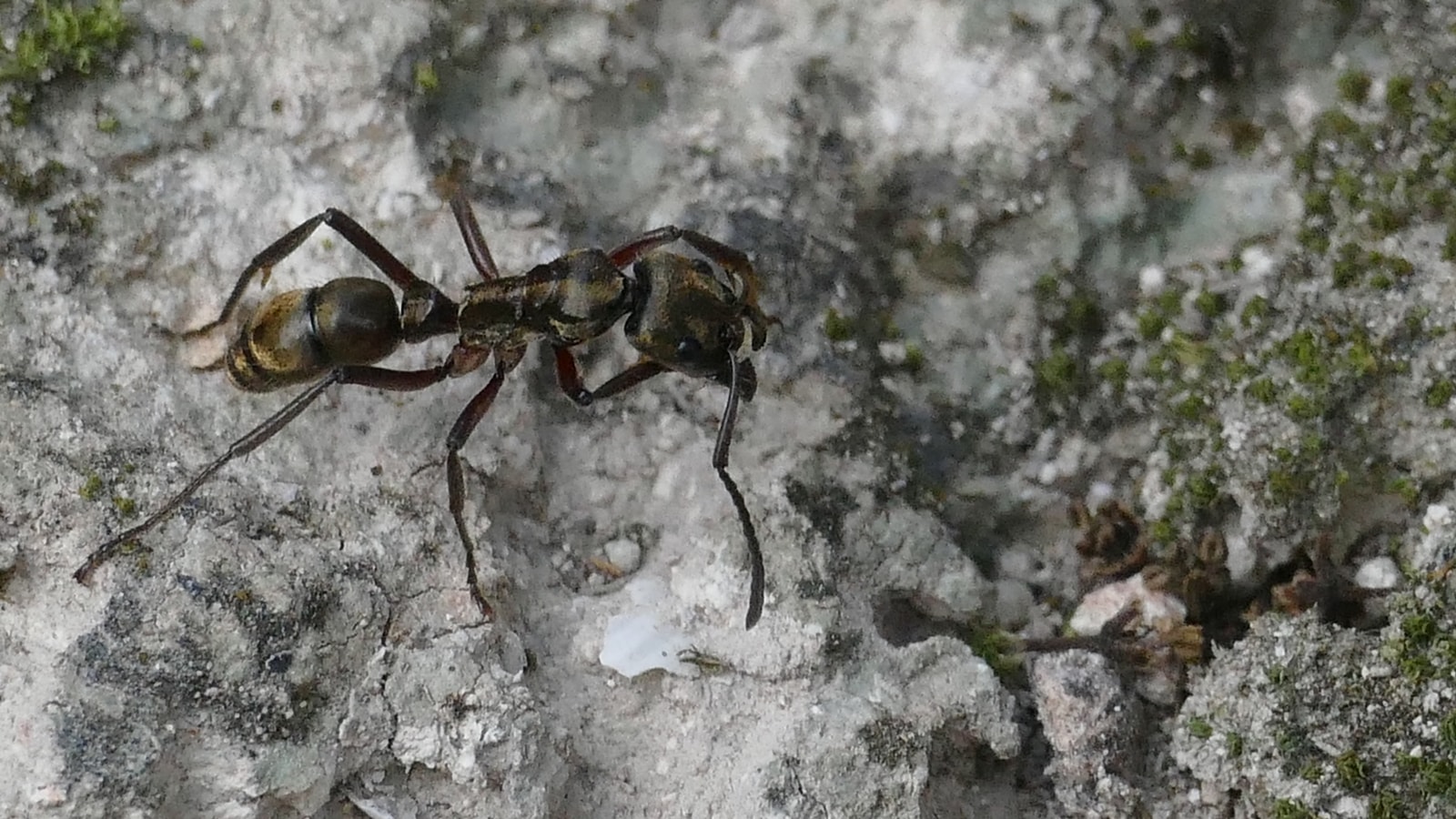📣 For more lifestyle news, click here to join our WhatsApp Channel and also follow us on Instagram
Meet the animal with the most painful sting in the entire world, which people say feels like being shot
Measuring up to 1.2 inches in length, bullet ants are large for ants, with reddish-black bodies and powerful mandibles
 The South American bullet ant has the most painful sting in the animal kingdom. (Source: Wikimedia Commons)
The South American bullet ant has the most painful sting in the animal kingdom. (Source: Wikimedia Commons)Living in the jungles of South and Central America is a small insect called the bullet ant. At first glance, it looks like an oversized black ant, but don’t let its size fool you. This creature has what many scientists call the most painful sting in the world.
Yes, more painful than a bee or wasp sting. Some say it feels like being shot; that’s how the bullet ant got its name. People who’ve been stung describe the pain as burning, throbbing, and all-consuming, lasting for up to 24 hours.
Measuring up to 1.2 inches in length, bullet ants are large for ants, with reddish-black bodies and powerful mandibles. But their most terrifying weapon is a stinger capable of delivering venom that causes excruciating, burning pain lasting for up to 24 hours. The pain isn’t just intense, it’s traumatically intense.
 While the ant doesn’t usually pose a lethal threat to humans, its sting causes severe pain, trembling, temporary paralysis, and profuse sweating. For those with allergies or other medical conditions, it could be more serious. (Source: Wikimedia Commons)
While the ant doesn’t usually pose a lethal threat to humans, its sting causes severe pain, trembling, temporary paralysis, and profuse sweating. For those with allergies or other medical conditions, it could be more serious. (Source: Wikimedia Commons)
According to entomologist Dr Justin O. Schmidt, creator of the Schmidt Sting Pain Index, which rates and describes the pain caused by insect venom, the bullet ant ranks at Level 4.0+, the highest category.
According to Britain’s Natural History Museum, Schmidt described the pain as: “Pure, intense, brilliant pain. Like walking over flaming charcoal with a 3-inch nail embedded in your heel.”
While the ant doesn’t usually pose a lethal threat to humans, its sting causes severe pain, trembling, temporary paralysis, and profuse sweating. For individuals with allergies or other medical conditions, the situation may be more severe.
Interestingly, in some Amazonian tribal cultures, the sting of the bullet ant plays a central role in initiation rituals for manhood. Young boys of the Satere-Mawé tribe in Brazil insert their hands into gloves filled with bullet ants and endure the stings repeatedly — sometimes up to 20 times — to prove their endurance and bravery.
From a scientific perspective, the venom contains a neurotoxic peptide called poneratoxin, which interferes with nerve signals, causing intense pain and muscle contractions. Despite its fearsome reputation, researchers are studying the venom for potential medical applications, including pain management and anti-inflammatory drugs.
📣 For more lifestyle news, click here to join our WhatsApp Channel and also follow us on Instagram



- 01
- 02
- 03
- 04
- 05
























